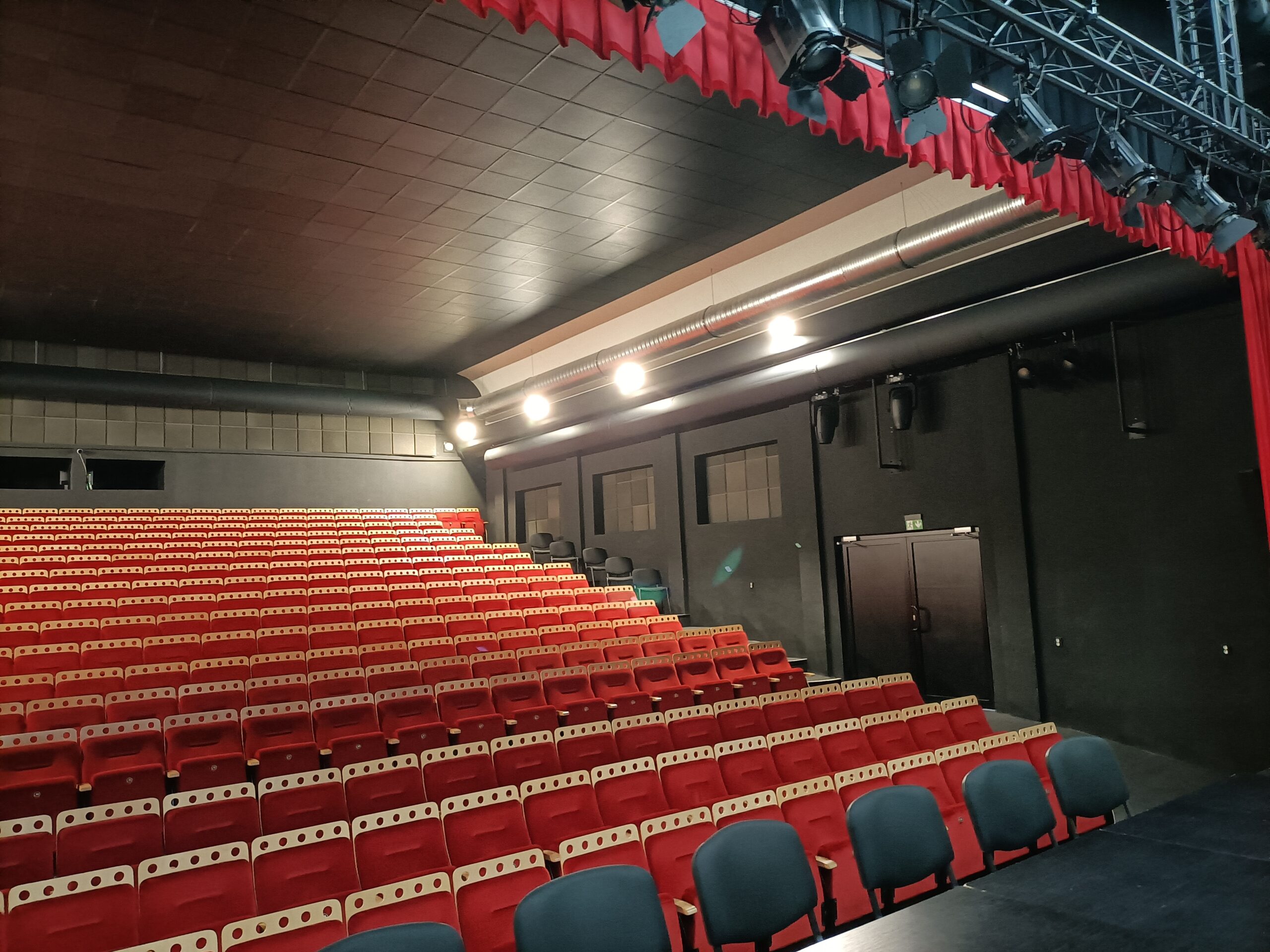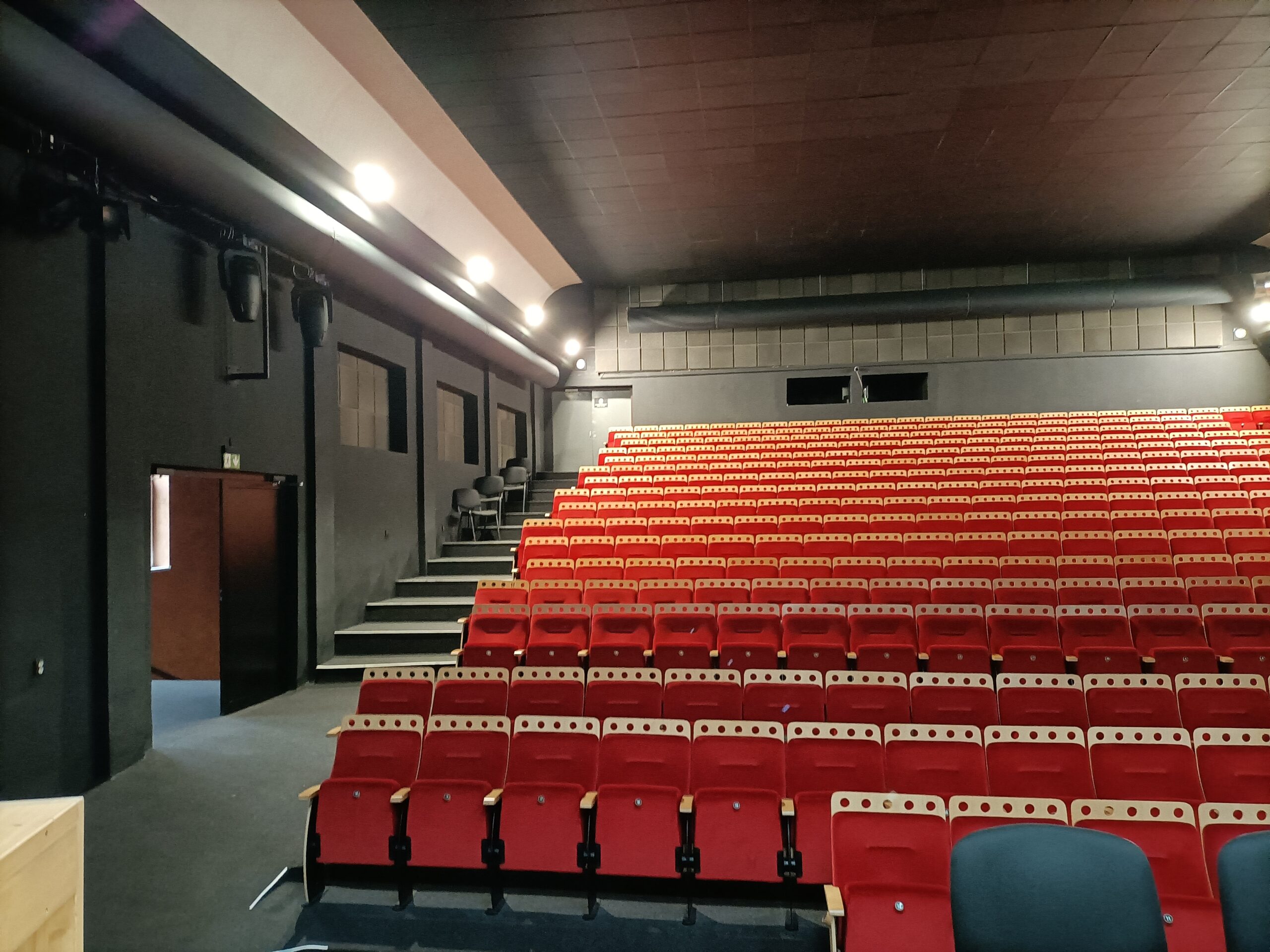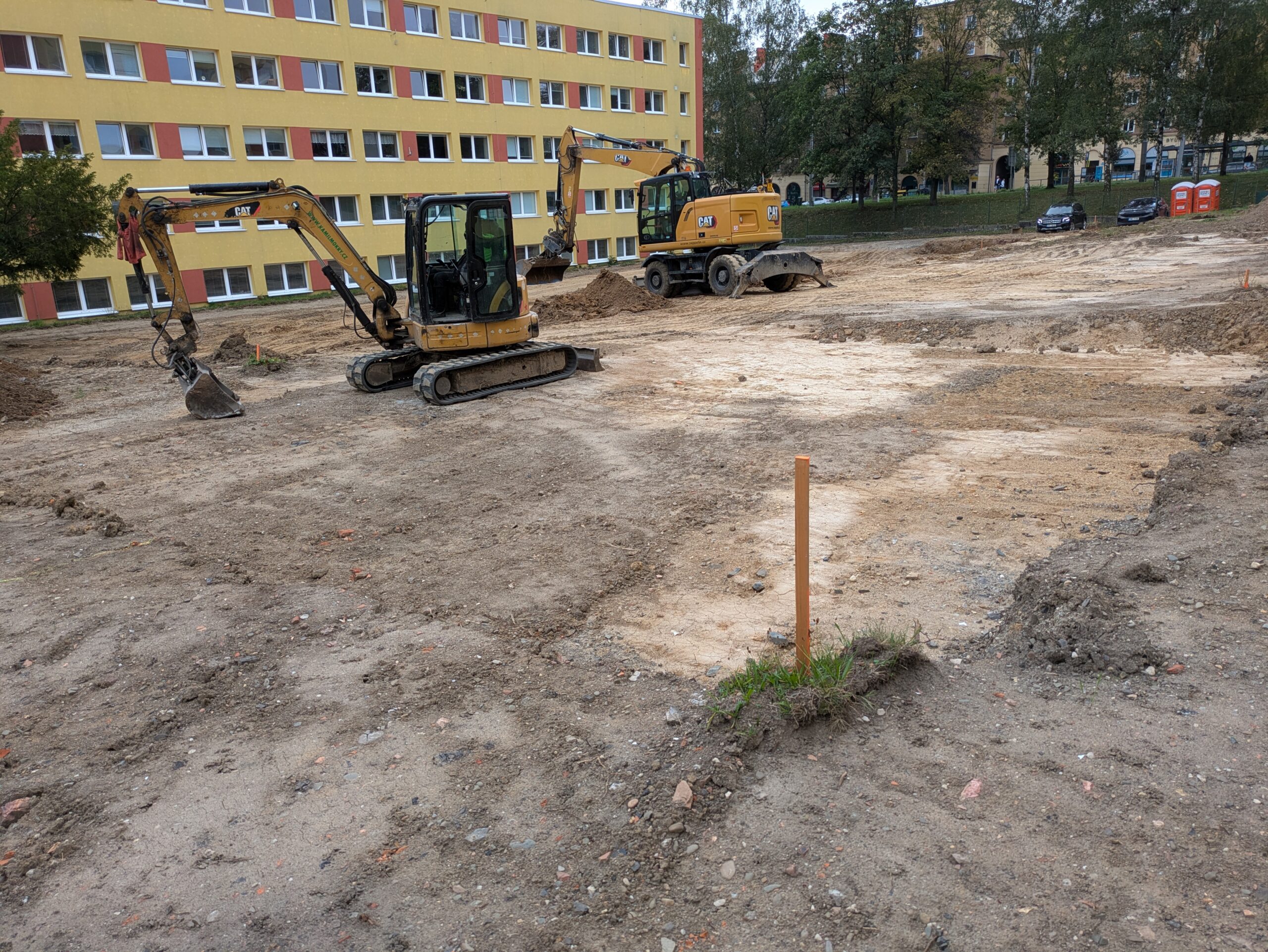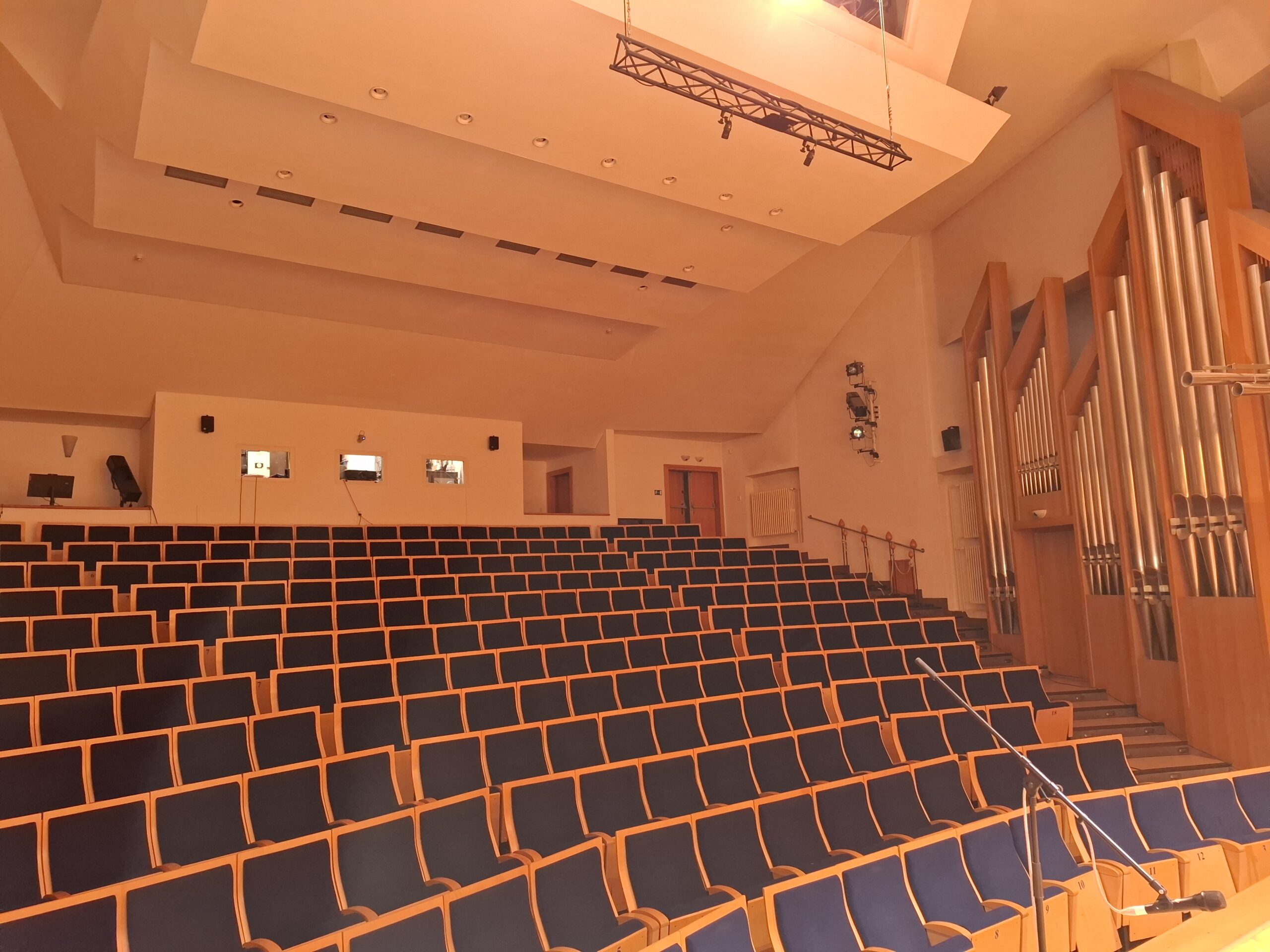The modernisation of the air conditioning in the theatre spaces brings a number of benefits that increase the comfort of both visitors and performers. High-quality air conditioning and ventilation ensure an optimal indoor environment, which is crucial to the overall performance experience and the performers’ performance.
Improved air quality and thermal comfort
Modern air-conditioning systems enable efficient temperature and humidity control in the theatre halls. This means that regardless of the external weather conditions, spectators and actors can expect a comfortable environment. A stable temperature and the right level of humidity contribute to comfort and reduce the risk of health problems associated with poor air quality.
Energy efficiency and savings
The implementation of advanced heat recovery systems, such as heat recovery, allows the heat from the exhaust air to be used to heat the fresh incoming air. This reduces the energy required for space heating or cooling. The National Theatre in Prague, for example, has achieved significant energy savings thanks to its HVAC retrofit, which has led to lower operating costs.
Operation optimisation and automation
Modern systems allow the integration of HVAC control with the planning of the artistic operation. This means that ventilation and air conditioning can be automatically adjusted to the current use of the space, further increasing efficiency and reducing energy costs. In the case of the National Theatre, savings of up to 7% of total heat consumption were achieved by deploying a special software tool that optimised the operation of the air handling units.
Conclusion
Investments in the modernisation of the air conditioning in the theatre spaces are reflected not only in increased comfort for the audience and performers, but also in long-term savings in operating costs. Quality air conditioning and ventilation are therefore key elements in ensuring a comfortable and healthy environment in cultural facilities.







